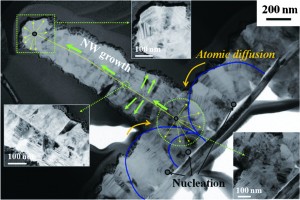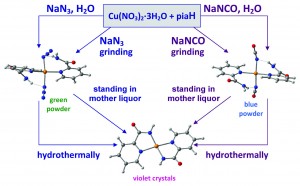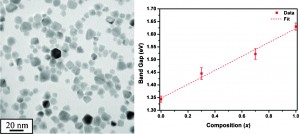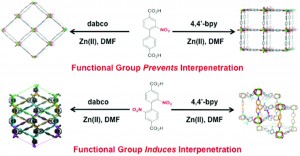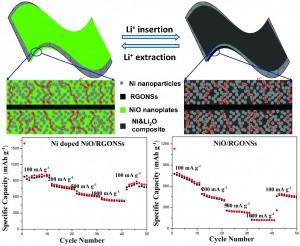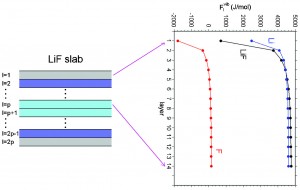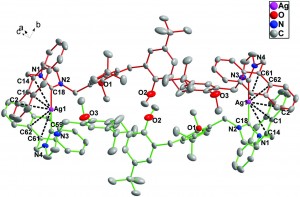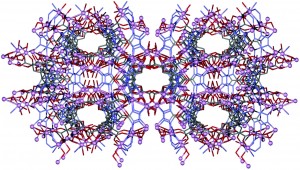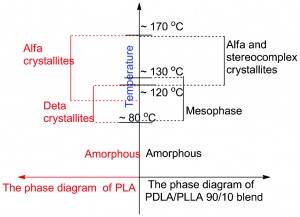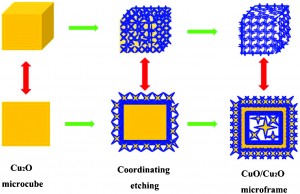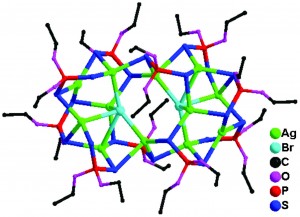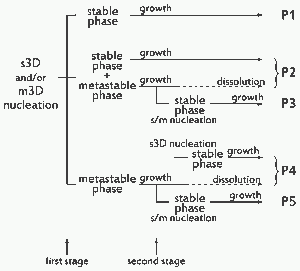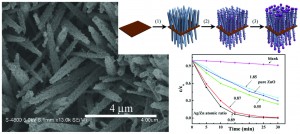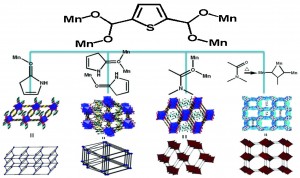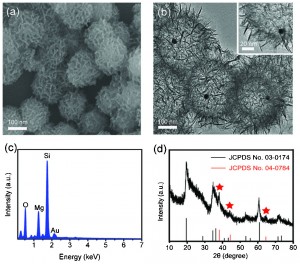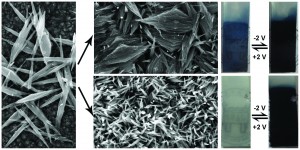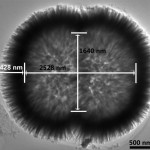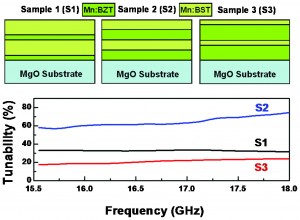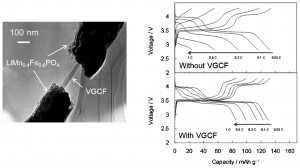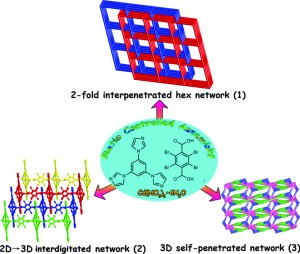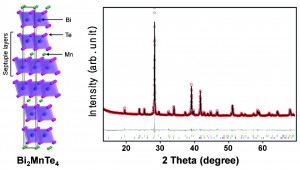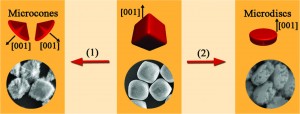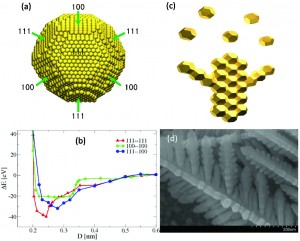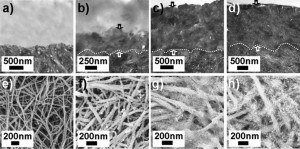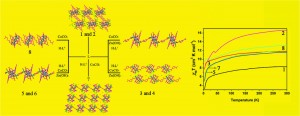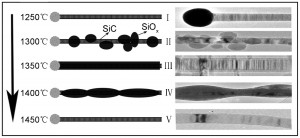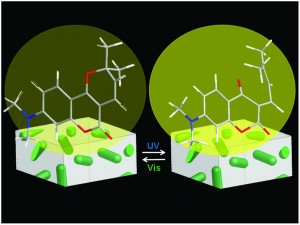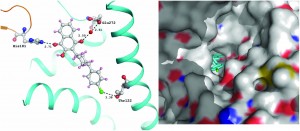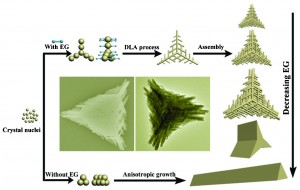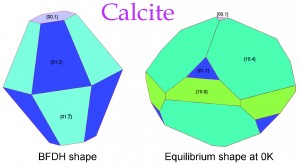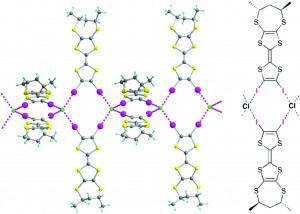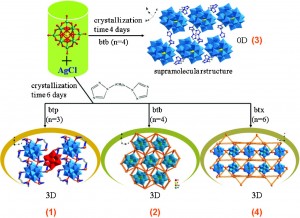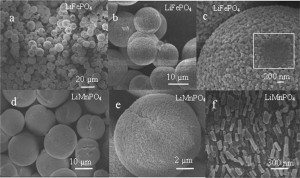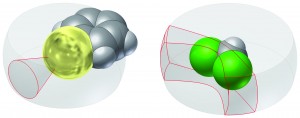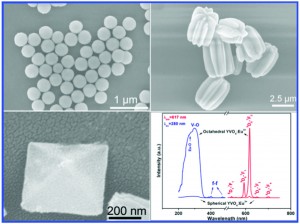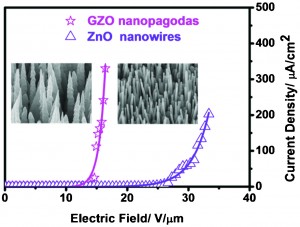Investigating and understanding the initial growth mechanisms of catalyst-free growth of 1D SiC nanostructures
Yoo Youl Choi and Doo Jin Choi
CrystEngComm, 2013,15, 6963-6970
DOI: 10.1039/C3CE40745D, Paper
Can self-assembly of copper(II) picolinamide building blocks be controlled?
Marijana Đaković, Diogo Vila-Viçosa, Nuno A. G. Bandeira, Maria José Calhorda, Bojan Kozlevčar, Zvonko Jagličić and Zora Popović
CrystEngComm, 2013, Advance Article
DOI: 10.1039/C3CE41011K, Paper
A graph theory approach to structure solution of network materials from two-dimensional solid-state NMR data
Darren H. Brouwer and Kevin P. Langendoen
CrystEngComm, 2013, Advance Article
DOI: 10.1039/C3CE41058G, Paper
The synthesis of Cu2Zn(GexSn1−x)Se4 nanocrystals with tunable band gaps
Kai Zong, SiHeng Lu, Hao Wang, YuXiu Sun, HuiJuan Zheng, JingBing Liu and Hui Yan
CrystEngComm, 2013, Advance Article
DOI: 10.1039/C3CE40953H, Paper
The influence of nitro groups on the topology and gas sorption property of extended Zn(II)-paddlewheel MOFs
Phuong V. Dau and Seth M. Cohen
CrystEngComm, 2013, Advance Article
DOI: 10.1039/C3CE41124A, Communication
Synthesis of Ni-doped NiO/RGONS nanocomposites with enhanced rate capabilities as anode materials for Li ion batteries
Jiantao Zai, Chao Yu, Liqi Tao, Miao Xu, Yinglin Xiao, Bo Li, Qianyan Han, Kaixue Wang and Xuefeng Qian
CrystEngComm, 2013,15, 6663-6671
DOI: 10.1039/C3CE40993G, Paper
A new calculation strategy to analyze the vibrational free energy of a slab and calculate the vibrational contribution of the surface free energy
Marco Bruno and Mauro Prencipe
CrystEngComm, 2013,15, 6736-6744
DOI: 10.1039/C3CE40885J, Paper
Dinuclear Ag(I) metallamacrocycles of bis-N-heterocyclic carbenes bridged by calixarene fragments: synthesis, structure and chemosensing behavior
Cai-Xia Lin, Xiao-Fei Kong, Qing-Shan Li, Zheng-Zhi Zhang, Yao-Feng Yuan and Feng-Bo Xu
CrystEngComm, 2013, Advance Article
DOI: 10.1039/C3CE40918J, Paper
Luminescence and magnetic properties of three metal–organic frameworks based on the 5-(1H-tetrazol-5-yl)isophthalic acid ligand
Antonio J. Calahorro, Alfonso Salinas-Castillo, José Manuel Seco, Javier Zuñiga, Enrique Colacio and Antonio Rodríguez-Diéguez
CrystEngComm, 2013, Advance Article
DOI: 10.1039/C3CE40869H, Communication


